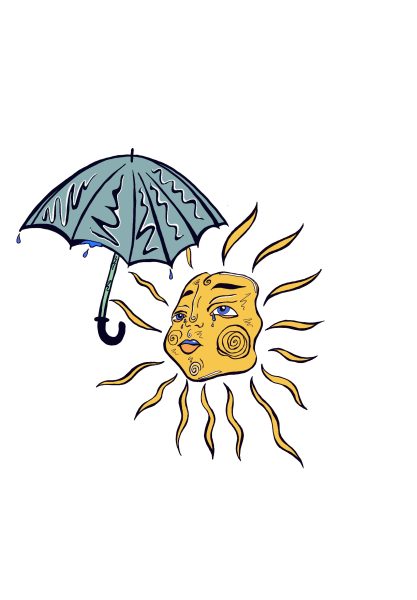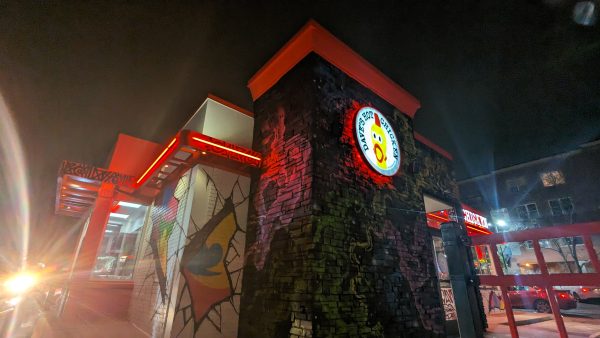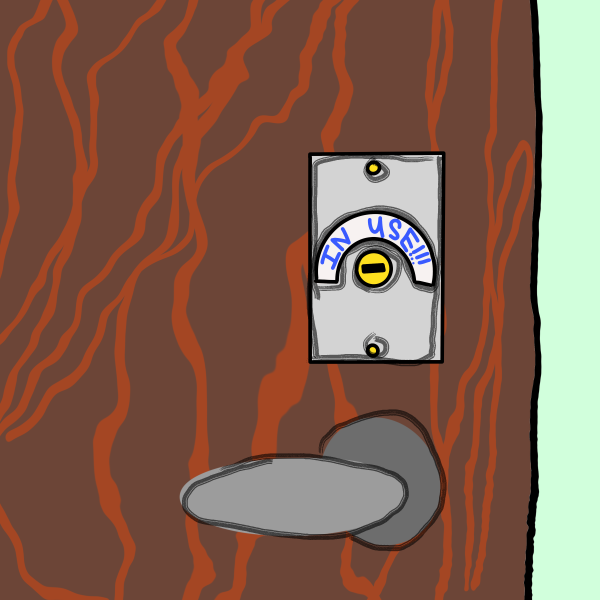Identity politics and the Hamline community
People are beginning to politically affiliate themselves with those who share important parts of their identities, instead of based on people’s personal political ideas.
When junior Christopher Holmes started his Hamline journey three years ago, he was told when with Pride BSA that he couldn’t both be gay and also Black – that if he wanted to be anybody or do anything during his time here, that he had to “just pick one and stick with it.” Following that, Holmes consistently felt like he had to work at being gay enough to be on the Spectrum board, let alone a part of the organization. He also had to consistently work at accepting that being Black wasn’t going to be a large part of his identity during his time at Hamline, making him feel like any sort of duality of identity isn’t really encouraged here.
This phenomena of classification based on identity begins before we even graduate from high school. Before anything, we are ever-so-slightly classified by our parents’ economics when we apply for colleges; according to an article in Forbes magazine titled ‘Modern America’s Social Divisions Are Reflected On College Campuses,’ there is clear distinction that students have different chances with different schools and are being discriminated against based on their parents’ economic standing. This factor for acceptance, even if it is not a major one, is making it so that institutions end up being economically exclusive, separating us in one major way before we even get to go to school.
Thankfully for us, Hamline doesn’t really do this. Our economic demography (as of 2013, according to ‘Economic diversity and student outcomes at Hamline University’ at nytimes.com) is fairly reflective of the actual demographic of income distribution in the US; 1.6 percent from the top 1 percent, 35 percent from the top 20 percent and 7.4 percent from the bottom 20 percent. Most students, just like most people in the modern US, come from a comfortable place in the mid-upper middle class. Despite this success, however, our campus has fallen into a more interpersonal pattern of cliquing – when we find our people, we don’t let them go, and that means that we also keep our arms closed to everyone else.
Hamline has 78 student organizations. I’ve come to classify 18 as based on personal identity and 20 as based on community identity. This means that about half of our organizations here are based off of one single aspect of identity, and not even the aspect as a whole; it isn’t like we have a Coalition of Communities of Color. We have APAC, FLIC, Spectrum, FUSION, HASA, etc. Furthermore, all of these exclusive clubs keep their board members as people whom they think embody the identity that the club is for, having no kind of diversity in any of our cultural and diversity based student orgs. The members only associate themselves with certain things, or topics, or people, and so there becomes a sense of ‘right’ and ‘wrong’ when being a part of the student org.
Every club dealing with these picked-out pieces of people’s identity, tries to come off as being uber-inclusive, while having a mission to support certain students on campus while teaching the rest of us about themselves, but all this ends up doing is dividing us. It creates a ‘them’ and ‘us’ way of thinking, believing that we can pick and choose who is a part of our community. This way of thinking is only enforced by what we do with our clubs – in trying to make sure our students find communities that they connect with and can be a welcome part of, we instead have made it an ‘all-or-nothing’ kind of choice. I have to be all Native, and I have to look Native, in order for anyone to take me seriously as Native, and that has to be the only part of my identity. A boy playing baseball cannot do that and also be a part of Pride BSA, otherwise he would be shunned from one group or the other. He has to pick one; we all have to just pick one, and be that, and all that, and nothing else.
Why are we restricting ourselves to only being one part of one person? Can’t we all be more?





